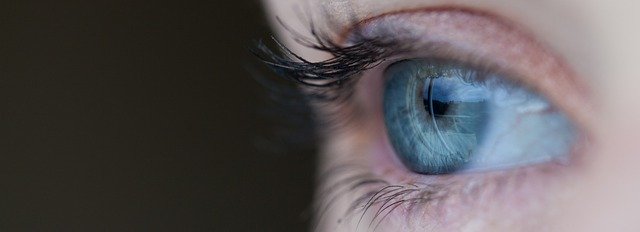Optometrists and ophthalmologists recommend that you perform regular eye tests to ensure that eye diseases are detected in their early stages so that they can be cured before they cause further damage. The tests performed by these eye specialists may range from simple to more complex ones depending on the eye condition tested. Eye exam in Pembroke Pines is a great place to have your exam completed. Below are the different vision and eye tests you are likely to encounter in a comprehensive eye test.
Visual Acuity Test
A comprehensive eye test often has this test as the first on the list and it aims to measure the patient’s sharpness of vision. A protected eye chart is often used to measure the patient’s distance visual acuity whereas a small, handheld acuity chart is used in measuring the patient’s near vision.
Color Blindness Test
This screening test checks the patient’s color vision and is among the first tests performed in a comprehensive eye exam. It helps to detect hereditary color vision deficiencies and can form the basis for alerting the doctor to potential eye health issues that could possibly affect color vision.
Refraction
This is commonly used by eye doctors to determine the eyeglass prescription that would suit the patient. During the process, the eye doctor uses a phoropter, which is placed in front of the eye and displays various lens choices. The patient is then asked to choose the lenses that look clearer. Once the patient has made his or her selection, the doctor continues fine-tuning the power of the lens and ultimately a final prescription is reached. Refraction is commonly used to determine the extent of farsightedness (hyperopia) or nearsightedness (myopia), presbyopia, and even astigmatism.
Split Lamp Exam
This form of a binocular microscope is used by the eye doctor to examine the eye structure under high magnification. This gadget resembles a science lab microscope except it is somewhat upright. During the exam, the doctor will be interested in the lens, iris, cornea, eyelids, conjunctiva, and the front part of the eye. A handheld lens may also help the doctor to have a look at the structures of the back of the patient’s eye, including the optic nerve and the retina. This eye test is commonly used to detect corneal ulcers, diabetic retinopathy, macular degeneration, and cataracts.
Corneal Topography
This is a computerized test that is used in mapping the cornea’s curve and can show issues with the surface of the eye, including scarring, swelling and even astigmatism. The test is often performed prior to a surgical procedure, contact lens fitting, or prior to a corneal transplant.
Regardless, there are numerous eye and vision tests that can be performed by an optometrist or ophthalmologist to help examine the eyes and identify existing and potential eye problems. The tests are also useful when choosing the right pair of lenses for a patient with a vision problem. These tests may be as simple as visual acuity tests used to measure vision sharpness or as complex as those involving high-powered lenses to see the inside of the eye. Regardless, it is recommended to go for regular eye tests.




